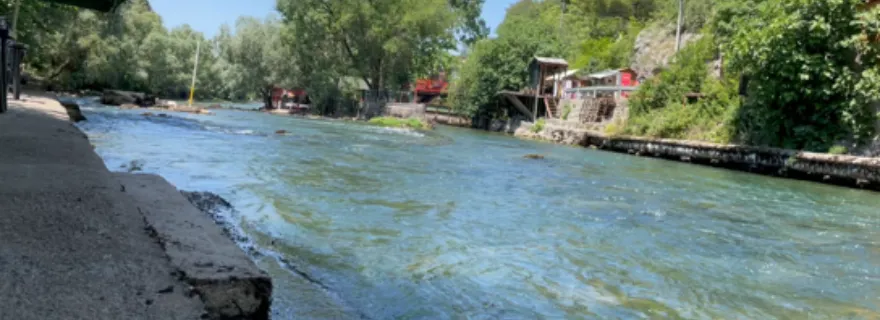Swim with the flow
How do you find respondents when they are on a different continent and you can't get to them? How do you redesign your research when nothing works as planned?
"Just keep swimming"
We talked about the power of screens and networks here. In this blog, I want to focus on how surrendering control can sometimes open space for new, unexpected directions in research. When the pandemic hit, I adopted "go with the flow" as my research motto since planning felt almost irrelevant. Looking back now, that phrase feels too passive. I would rephrase it to "swim with the flow." Swimming, unlike floating, requires attention. It means staying alert, choosing when to move, when to pause, and how to respond to obstacles. It is an act of engagement and flexibility, not surrender.
Letting the current lead
Flexibility, in this sense, is not about giving up control entirely. It is about focusing on the few things we can do and achieve, and creating a path forward in the midst of events beyond our control. Letting the current lead means letting go of the illusion that we’re always steering. It’s about trusting that hesitation, that pause, and that even redirection can be part of the method. When the interviews can’t happen, when the timeline shifts, when the ethics approval delays everything, you keep swimming. You write one email. You prepare one session. You draft one thought, not knowing where it will land, but believing that it is a small piece of a very large puzzle.
Around the rocks
The months leading up to our data collection were filled with rocks like delays, ethical reviews, a pandemic, closed borders, and sudden cancelations. Swimming around them, however, instead of getting stuck behind them, led to something better. Online fieldwork, for example, was not part of our original plan, let alone setting up remote language lessons. But it became one of the most unexpectedly rich parts of the research design and research process.


